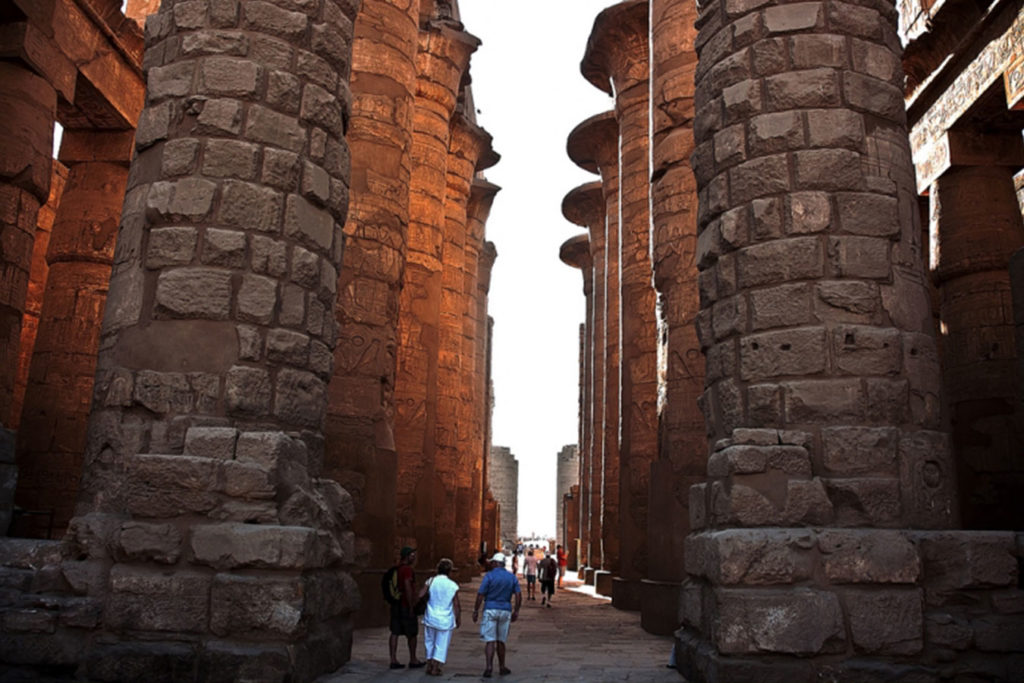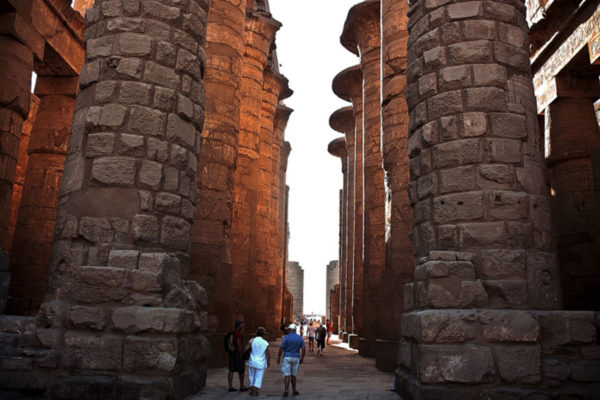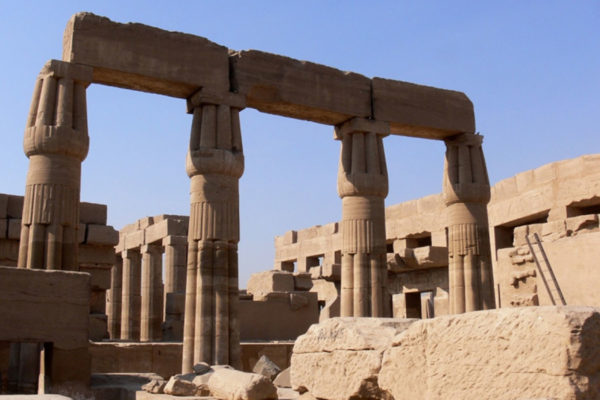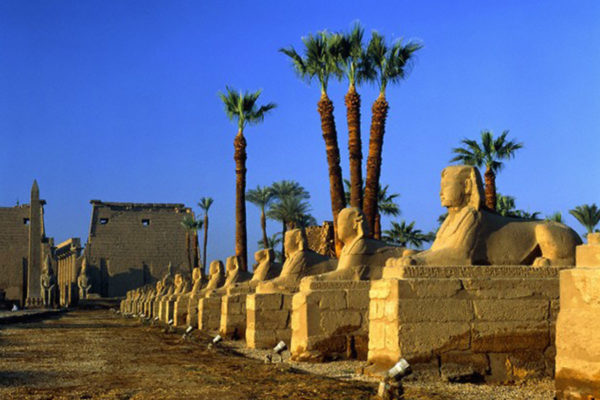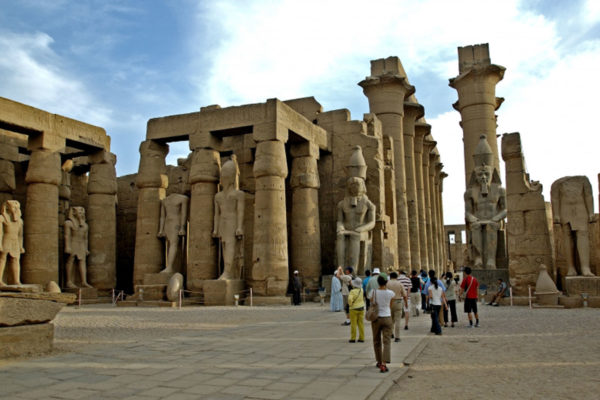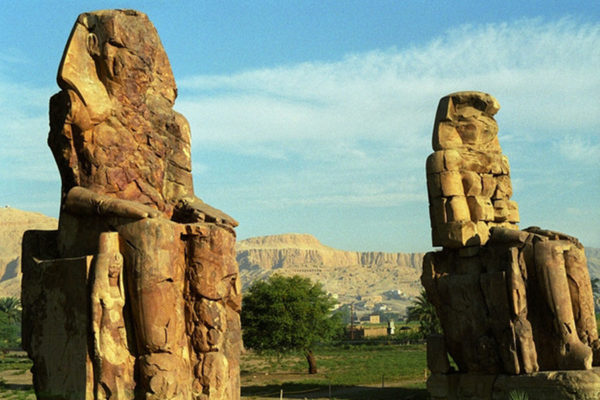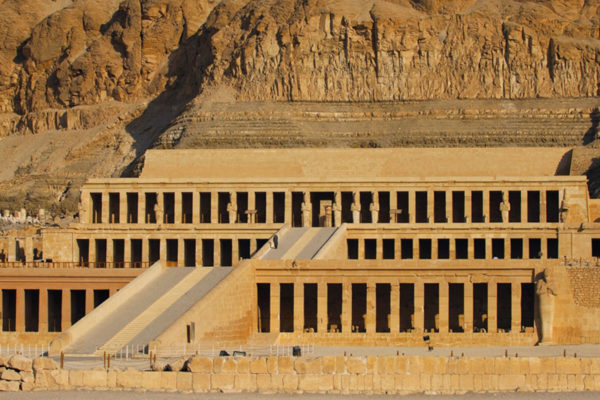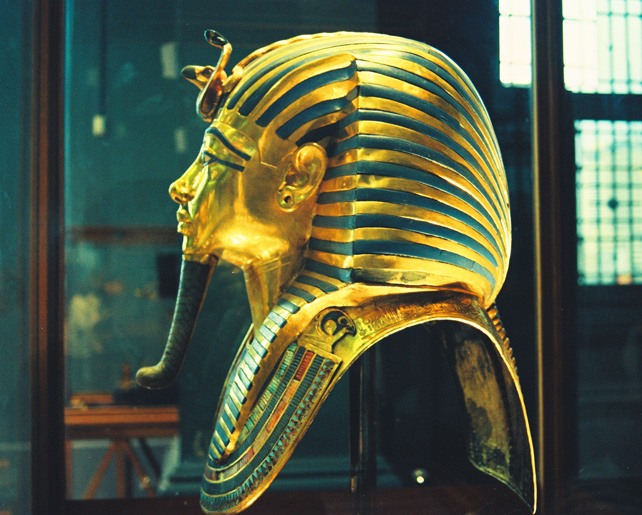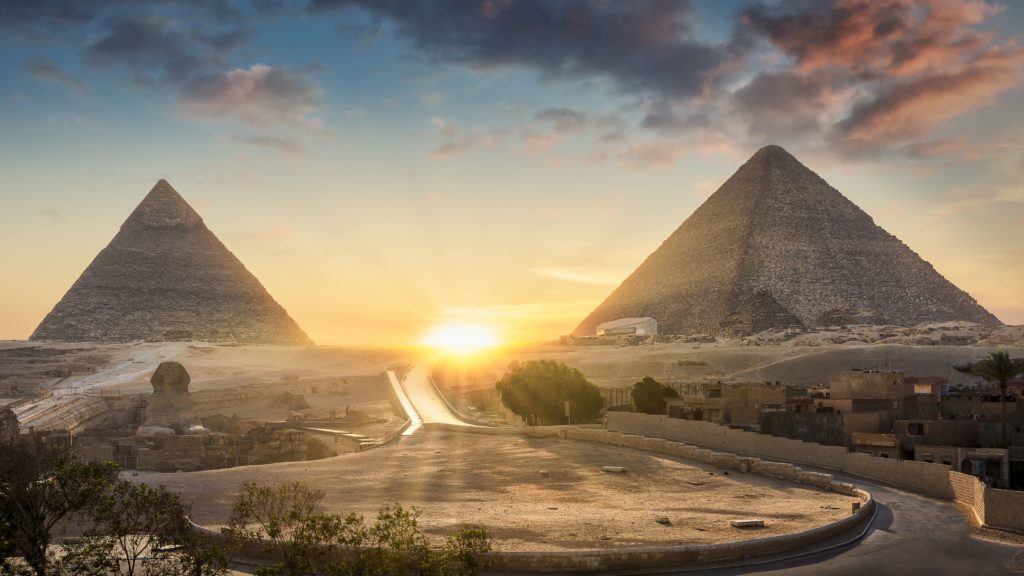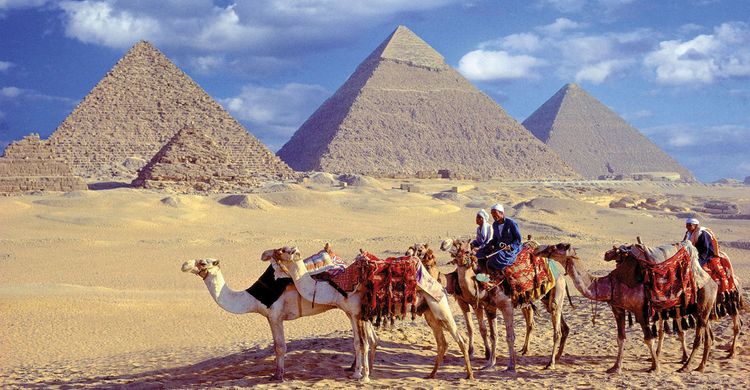- Itinerary
- Gallery
- Trip Includes
- Trip Excludes
Top Egypt Tour tour guide will pick you up from your hotel in Luxor to begin your exploration of Luxor at the west bank. Start by the Valley of the Kings where tombs of the modern kingdom kings built since more than 5000 years, about 63 tombs including tombs of Tutmosis I, Tutmosis III, Tut-Ankh-Amun, King Ramses VI, and Amenhotep II. Move on to visit the temple of Queen Hatshepsut, built for the glorious queen to perform her religious rituals. Down the route, you will see Colossi of Memnon, two massive stone structures of the legendary Pharaoh Amenhotep III. Proceed to the East bank to see the Karnak Temples the largest ancient religious site in this world founded by a ruler of the 12th dynasty. Finally, pay a visit to Luxor Temple which made of sandstone and was adopted a headquarter of roman government during the Roman Empir.
Itinerary
Visit
Valley of the Kings
Out representative will pick you up from your hotel in Luxor, start your visit in the west bank where you can see the Valley of the Kings was created and used from approximately 1539 BC to 1075 BC. It contains some 60 tombs, starting with Thutmose I and ending with Ramses X or XI. The official name of the site was The Great and Majestic Necropolis of the Millions of Years of the Pharaoh, Life, Strength, Health in The West of Thebes, or more usually, the Great Field. The most famous tomb is KV62, the Tomb of King Tutankhamun. The discovery of King Tut’s tomb was made by Howard Carter in 1922, Tutankhamun’s tomb was the first royal tomb to be discovered that was still largely intact.Then you will continue the tour to visit the Hatshepsut temple at El Deir El Bahary, this impressive temple was dedicated to Queen Hatshepsut the only female pharaoh. It rises out of the desert in a series of terraces and merges with the sheer limestone cliffs that surround it. You will have your Lunch on the way Proceed to the two colossal statues of Amenhotep III, Colossi of Memnon are the two massive stone statues of Pharaoh Amenhotep III. For 3,400 years they have sat in the Theban necropolis, across the River Nile from the city of Luxor. The original function of the Colossi was to stand guard at the entrance to Amenhotep’s memorial temple or mortuary temple,Back to the East bank in Luxor, lunch at local restaurant.visit
Karnak Temple
The Karnak Temple, the largest place of worship ever built. In ancient Egypt, the power of the god Amun of Thebes gradually increased during the early New Kingdom, and after the short persecution led by Akhenaten, it rose to its apex. In the reign of Ramesses III, more than two thirds of the property owned by the temples belonged to Amun, evidenced by the stupendous buildings at Karnak. Although badly ruined, no site in Egypt is more impressive than Karnak. It is the largest temple complex ever built by man, and represents the combined achievement of many generations of ancient builders. The Temple of Karnak is actually three main temples, smaller enclosed temples, and several outer temples located about three kilometers north of Luxor, Egypt situated on 100 ha (247 acres) of land. Karnak is actually the sites modern name. Its ancient name was Ipet-isut, meaning "The Most Select (or Sacred) of Places".visit
Luxor Temple
Then move to Luxor Temple. It was built by Amunhotep III in 18th Dynasty in the New Kingdom and it was completed by Ramesses II during the 19th Dynasty. King Ramses II was the most famous king in the 19th Dynasty. He ruled Egypt for about 67 years. It was dedicated to the great god Amun-Ra, his wife Mut and their son Khonsu together representing the Theban triad. Enjoy visiting Obelisk of Ramses II in front of the 1st Pylon. It was called "Ipet resyt", which means the Southern Opet or the Place of the Seclusion of Amun-Re. It was directly connected to the temple of Karnak, the main cult center of Amun-Re or Amun-Min, the sky god or the ithyphallic fertility god. The temple of Luxor has, since its inception, always been a sacred site. After Egypt's pagan period, a Christian church and monastery was located here, and after that, a mosque (13th century Mosque of Abu el-Haggag) was built that continues to be used today, Back to your hotel.| Number of Travelers |
1 |
2-3 |
4-6 |
7-8 |
| Price/person |
160 |
120 |
100 |
74 |
Schedule: Everyday
Duration: Approx. 8 hours
- Pick up services from your hotel in Luxor and return
- All transfers by a private air-conditioned vehicle
- Private English Egyptologist guide
- Entrance fees to all the mentioned sites
- lunch at a good quality restaurant
- Bottled water on board the vehicle during the tour
- All service charges & taxes
- Any extras not mentioned in the itinerary
- Tipping Kitty

